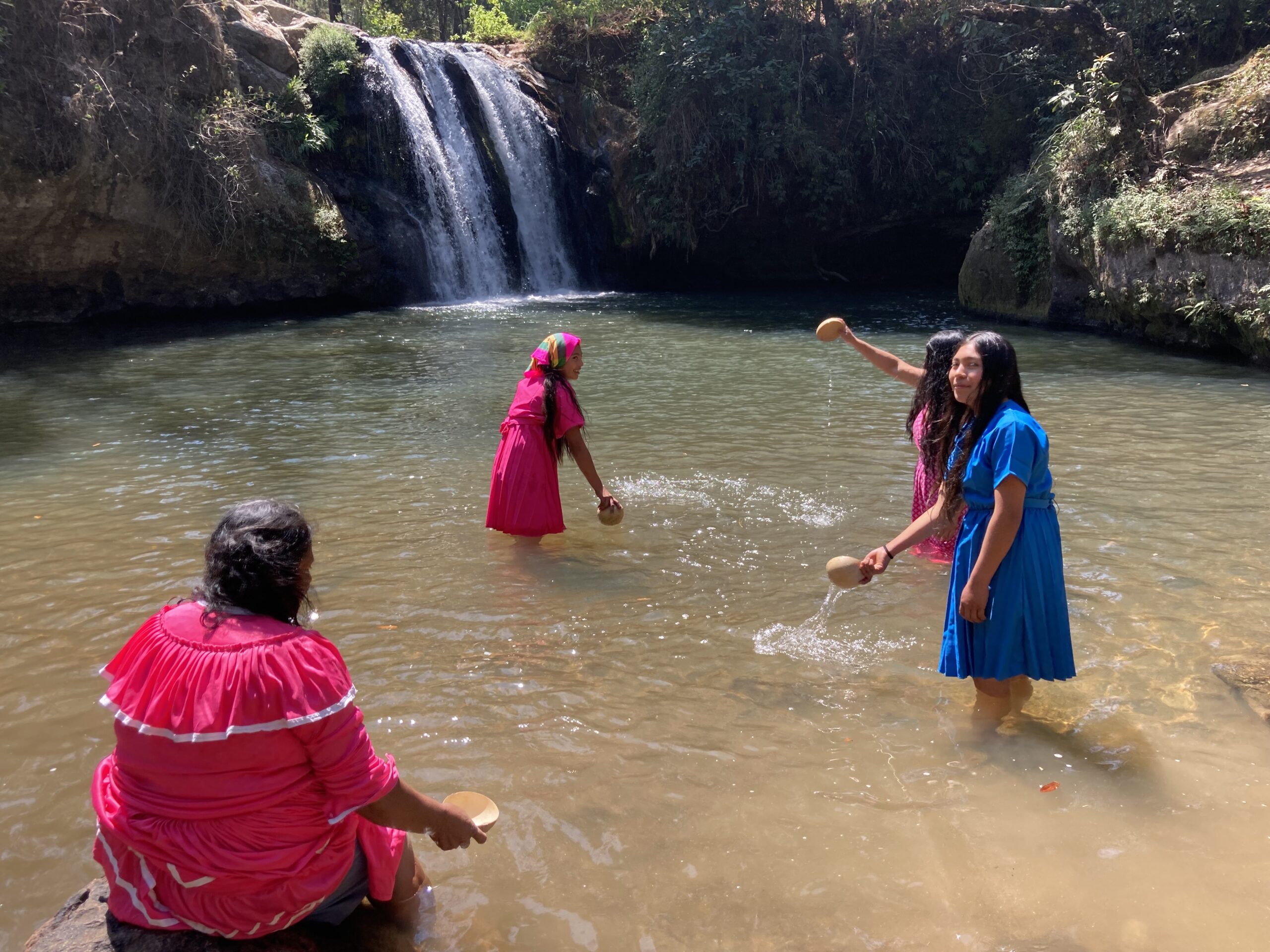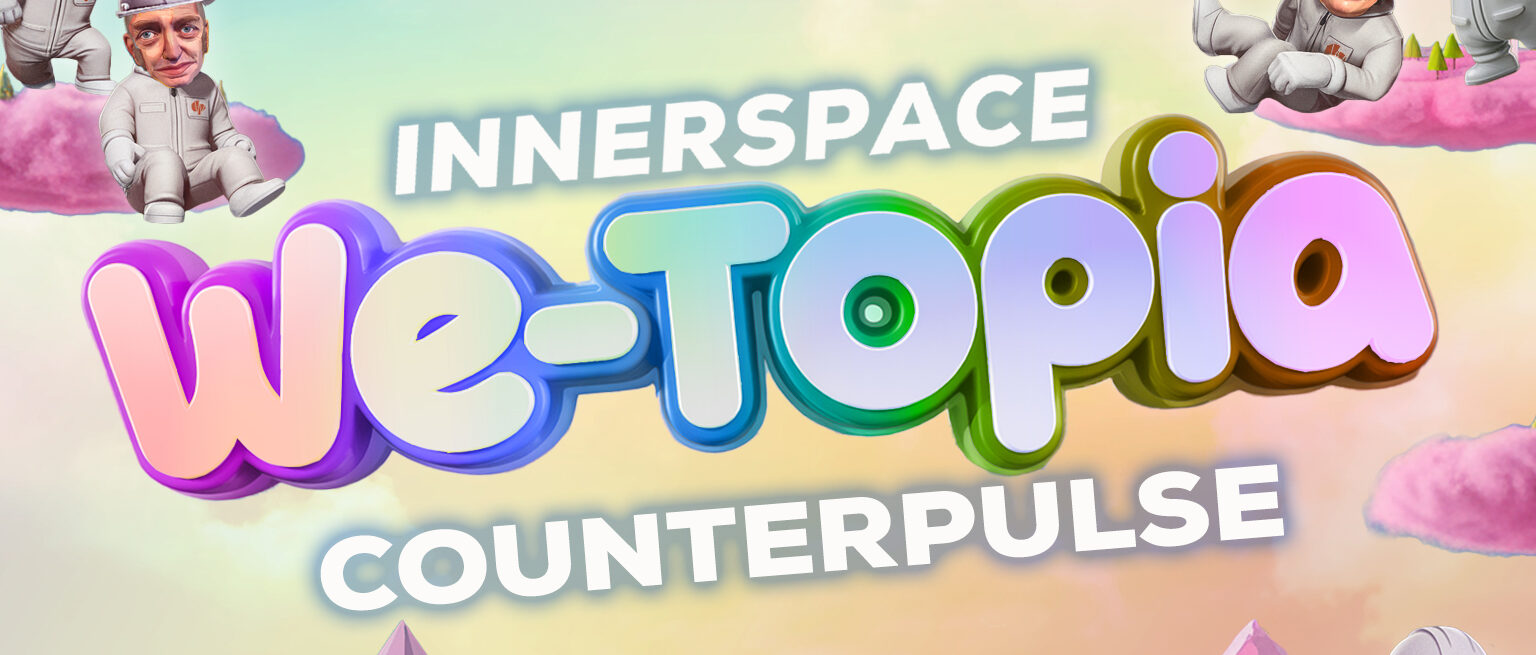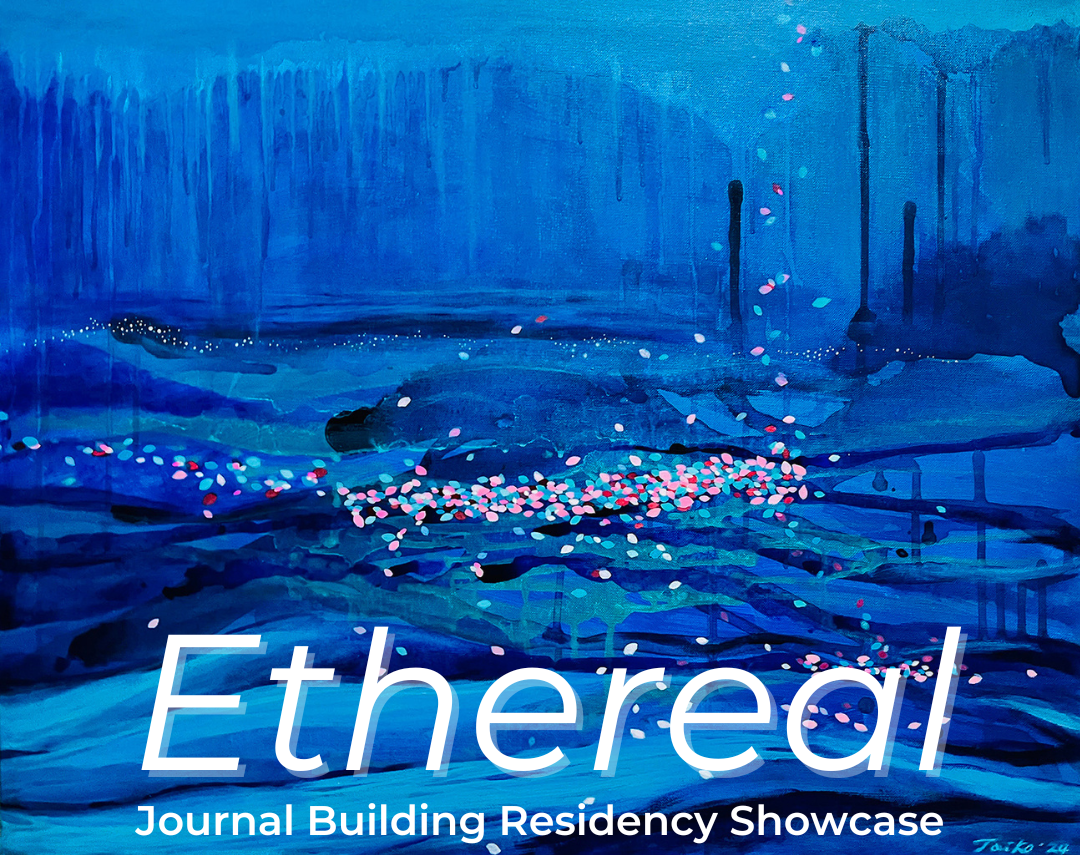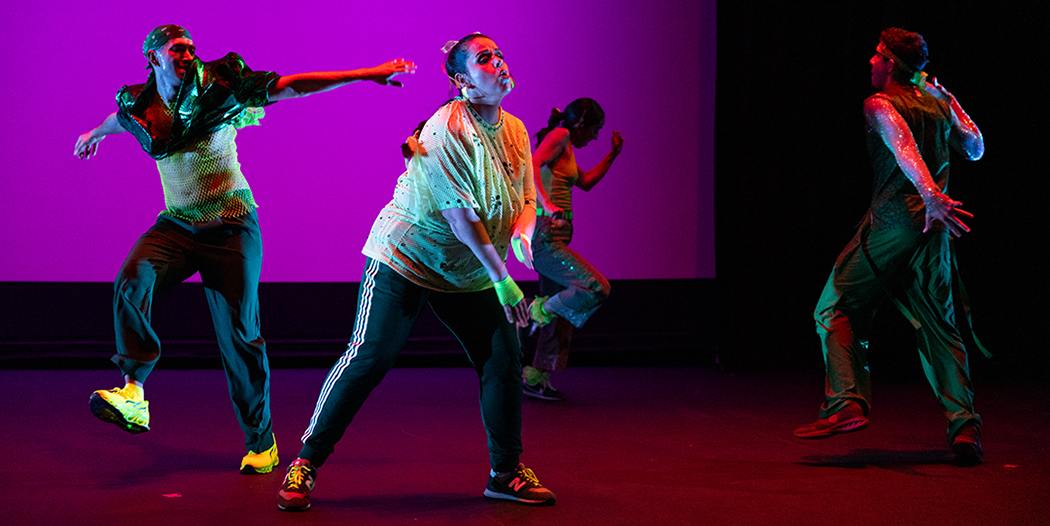CounterPulse ARC Edge Resident Diana Lara’s “Savia~Sap flow: Embodied Connection with Ancestry and Nature” opens June 6-7 & 13-14, 2024
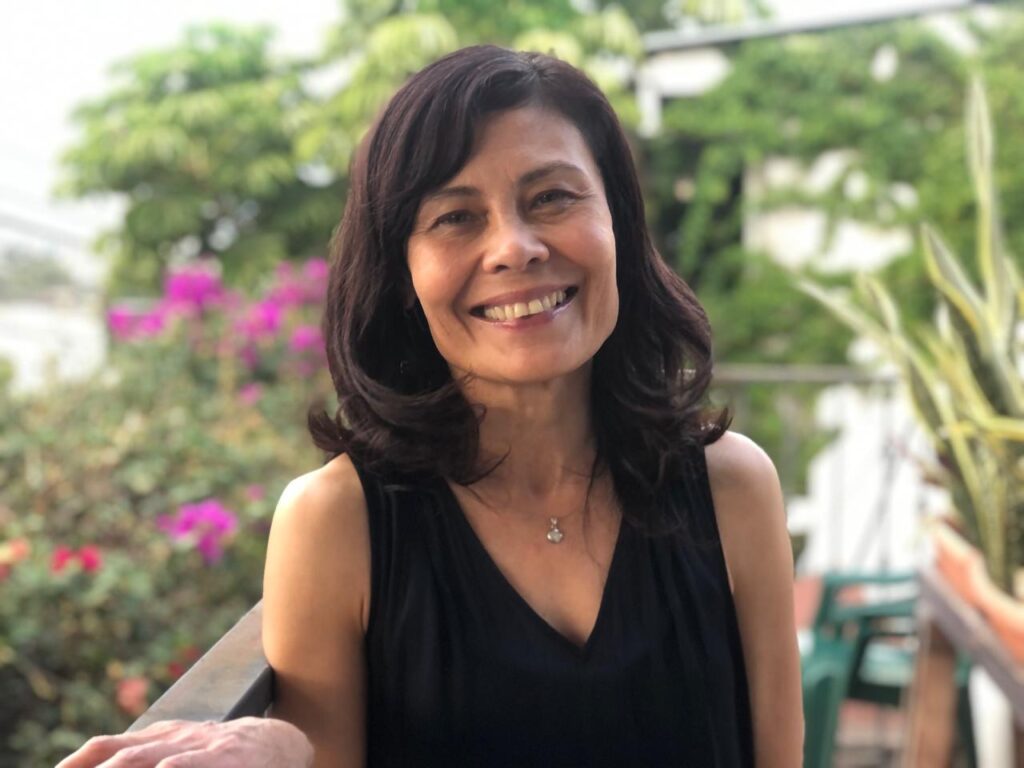
Diana Lara a choreographer, performer, and somatic movement educator born and raised in Honduras. Her choreographic work is influenced by contemporary dance, contact improvisation, Body-Mind Centering training, and Latinx culture. She creates choreographies that explore the effects of coloniality, religion, and gender on the body, and that generate rituals to peel layers of oppression. She is nurtured and committed to create work in collaboration with artists from different disciplines, and to generate containers that allow us to value and enjoy the creative process. Her choreographies have been staged in San Francisco Bay Area venues including the Mission Cultural Center for Latino Arts, NohSpace, Dance Mission Theater, Moments Notice, Counterpulse 2nd Sundays, The Garage, and Safe House Arts; and in Mexico City, Canada, and Honduras venues.
One of the elements that we have been exploring in our creation process is the guacal or jicara. Guacal is a bowl made of the fruit of the Jicara tree, and it is used for multiple activities by indigenous groups and the general population in Honduras and Central America. The fruit comes from the Calabash Tree Crescentia Cujete. The tree’s fruit can grow in an elliptical, oval, or spherical shape and vary in size. It is used for multiple purposes like a serving bowl, instruments, decoration or to carry water.

The Organization of Indigenous Lenca Women Leaders of La Paz brings together female leaders from 8 municipalities in the department of La Paz, in central Honduras. Its mission is to empower indigenous women to be resilient and adapt to changes while simultaneously preserving their identity and cultural heritage, and defending their rights and autonomy. Their work focuses on providing support and strengthening the capacities of its members in areas such as indigenous rights, climate resilience, and economic autonomy. They actively engage with communities through Community Indigenous Councils and their families. Additionally, they have carried out various research and planning initiatives to protect the environment, manage climate change, and develop productive projects, such as coffee cultivation, vegetables, and orchards in their communities.
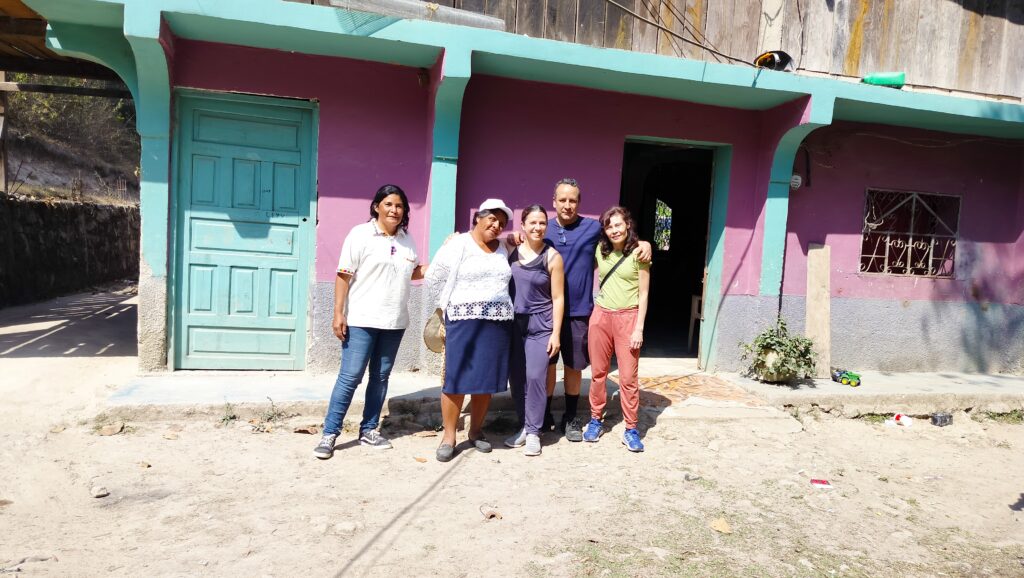
(left to right: Donatila (leader of Murilpaz), Felicita, Isadora, Gabriel and Diana)

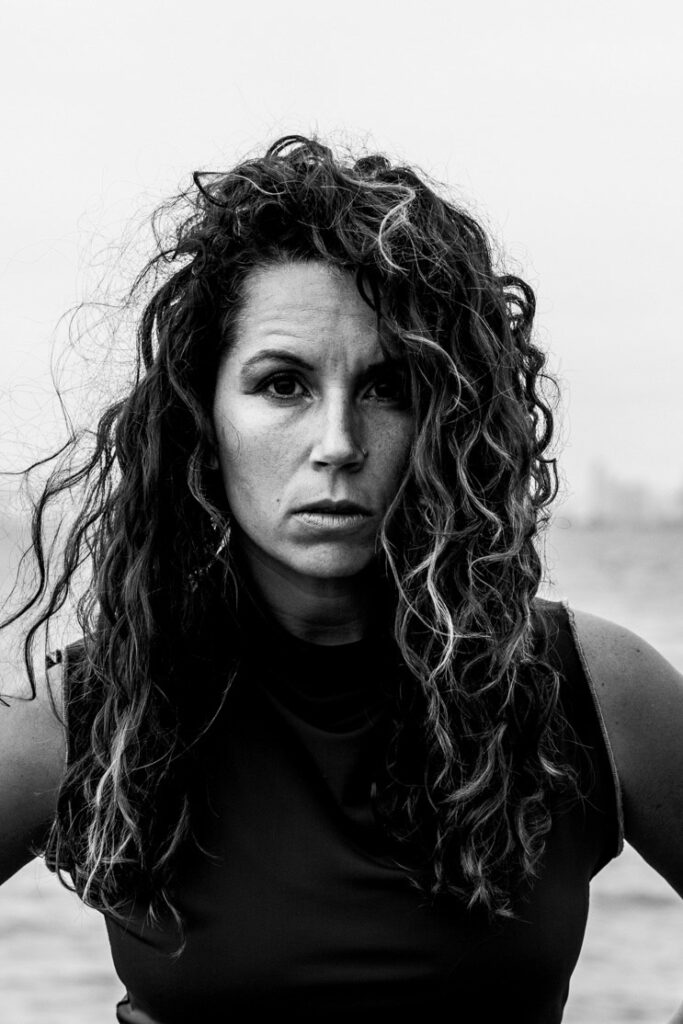


(featuring collaborators Olivia Treviño, Ronice Stratton, Gabriel Vallecillo Márquez and Isadora Paz Taboada)
Texto de Murilpaz: La Organización Mujeres Referentes Indígenas Lencas de la Paz reúne a mujeres líderes de 8 municipios del departamento de La Paz, en el centro de Honduras. Su misión es empoderar a las mujeres indígenas para que sean resilientes y se adapten a los cambios, preservando al mismo tiempo su identidad y patrimonio cultural, y defendiendo sus derechos y autonomía. Su trabajo se centra en brindar acompañamiento y fortalecer las capacidades de sus miembros en temas como derechos indígenas, resiliencia climática y autonomía económica. Se involucran activamente en las comunidades a través de los Consejos Indígenas Comunitarios y sus familias. Además, han llevado a cabo diversas investigaciones y planificaciones para proteger el medio ambiente, gestionar el cambio climático y desarrollar proyectos productivos, como el cultivo de café, hortalizas y huertos en sus comunidades
-Isadora Paz Taboada

I am interested in the Jicara tree because of its transition between the tree, sap, and water. Moreover, it is one of the few materials/tools that come from indigenous Maya/Lenca culture that have been popularized and used by all Hondurans.
You can find more information about the jicara tree and fruit here!
Diana and collaborator, Isadora share about the process of this upcoming work and thoughts on creating alongside Lenca traditions.
They write “Who we are is essentially linked to the space in which we grew up and all the memories we have about those spaces. When we talk about the space where we grew up, we include the space of the maternal womb, the spatial configuration of embryological development, the coordinated and precise movement of cells that originates human tissues and systems.”
Read more at In Dance: Mujer Sav/bia*, Guatesi torta Yalabitata** by Diana and Isadora
This illustration was created by artist, Bruno Ferreira featured in the article published in Off The Record written by Carlos Barón.
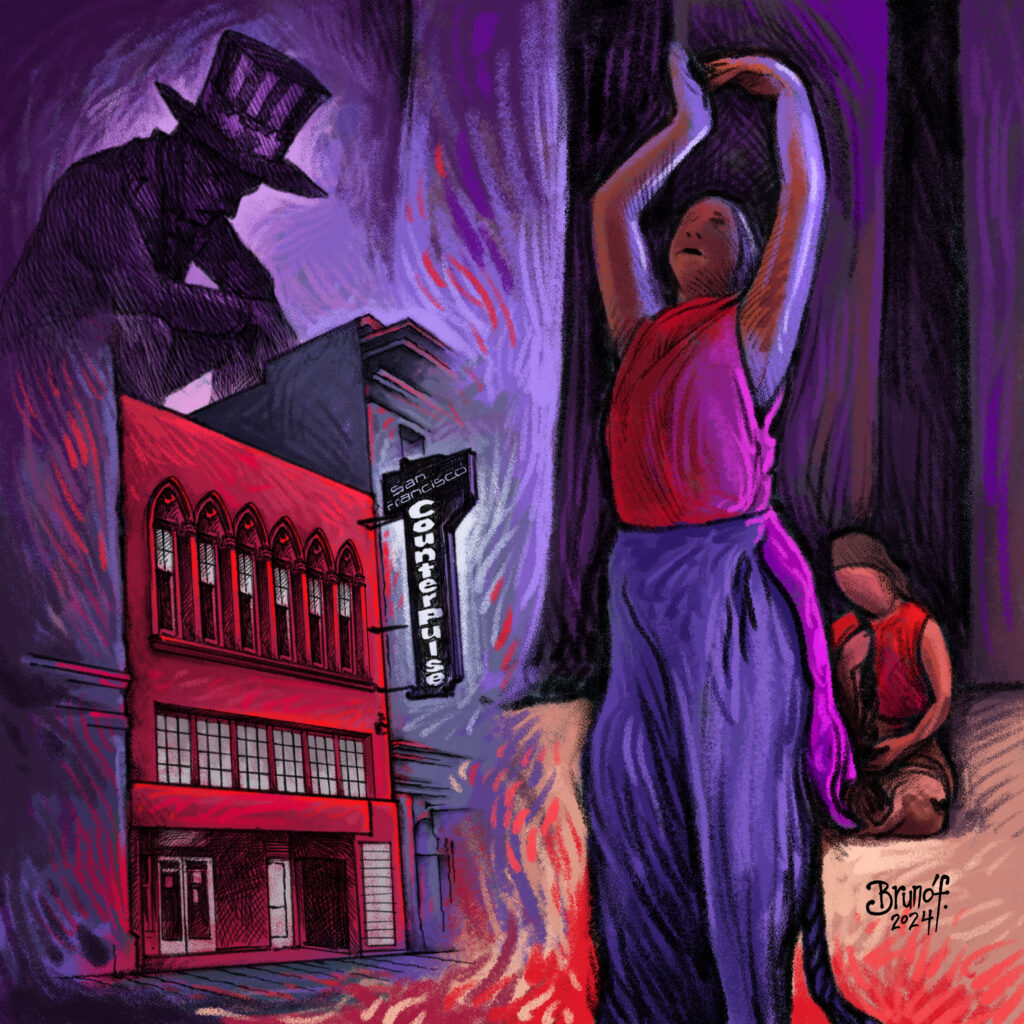
Take a look at my collaborator Gabriel Vallecillo Marquez process~
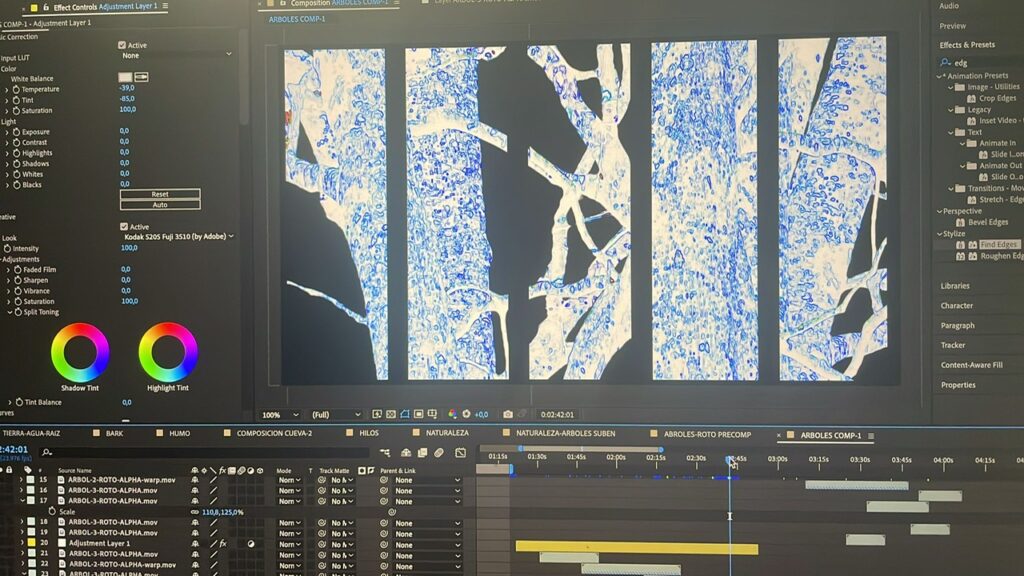
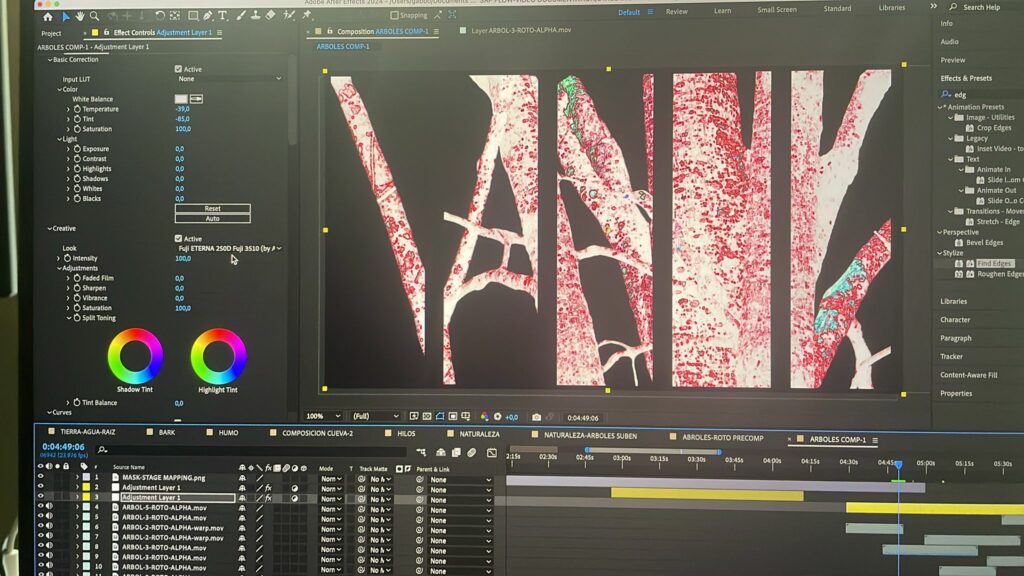
Share This!
More Good Stuff
Thursday March 6th • 5PM - 10PM Step into a world where imagination shapes reality at CounterPulse’s annual gala! This year, INNERSPACE: We-Topia is
Ethereal: Market Street Studios Meet Tenderloin Stage San Francisco, CA — ArtSpan and CounterPulse are proud to present "Ethereal," a transformative group exhibition featuring works
Primera Generación Dance Collective is ready to be back in San Francisco! We are so excited to perform and be in community with our

